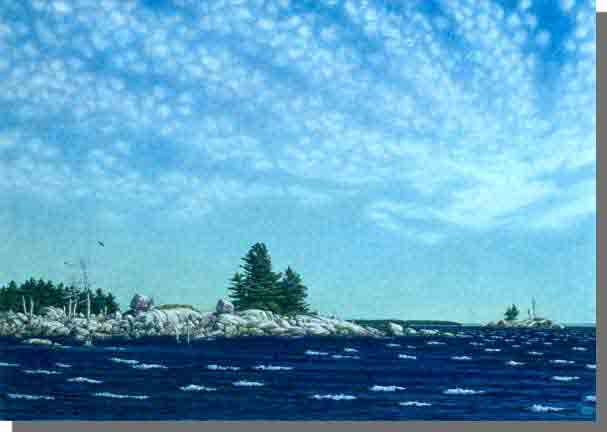 Lake Rossignol Wilderness Area protects an expanse of bogs, conifer flats, forested drumlins and lakes, along the northeastern shore of Lake Rossignol, in Queens County.
Lake Rossignol Wilderness Area protects an expanse of bogs, conifer flats, forested drumlins and lakes, along the northeastern shore of Lake Rossignol, in Queens County.
Situated just south of Kejimkujik National Park and National Historic Site, this wilderness area straddles the transition zone between the LaHave Drumlins and Lake Rossignol Hills natural landscapes. Protection of these lands helps represent both natural landscapes within the provincial protected areas system.
Much of the terrain consists of wetlands and poorly drained conifer forest, including habitat to Eastern ribbon snake and Long’s bulrush, both species at risk. In contrast, striking, cigar-shaped drumlins, with productive hardwood and mixedwood forest, occupy the northern portion, between Big Rocky Lake and Carrigan Lake.
The wilderness area attracts anglers and receives limited use for hunting. The area around Rocky Lake is especially suited to off-trail exploring, canoeing and camping. Several campsite leases occur in this northern part of the wilderness area.
Established in 1998, several small parcels have been added to the wilderness area since, including 25 hectares at Bull Moose Lake in 2015. In addition, about 250 hectares of Crown land next to the wilderness area, at Northeast Bay, is protected by a “forever wild” conservation easement held by the Nature Conservancy of Canada.
Lake Rossignol Wilderness Area forms part of the protected core of the UNESCO Southwest Nova Biosphere Reserve designated in 2001. This international designation is reserved for globally important terrestrial, coastal or marine regions, where efforts are being made to reconcile the conservation of biodiversity with its sustainable use.

